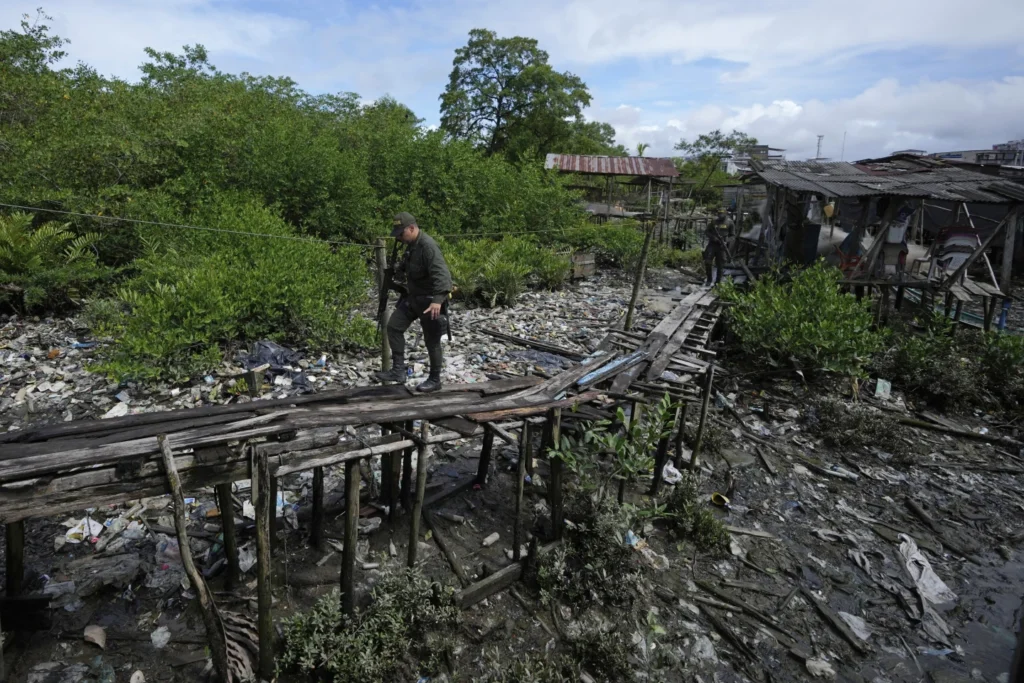
By: Adrian Peraza
For decades, violence has plagued Colombia. Since the 1960s, the country has faced numerous instances of kidnappings, executions, and drug trafficking operations orchestrated by criminal organizations. Upon entering office in 2022, President Gustavo Petro aimed to put an end to the violence through his proposed “Total Peace” plan. The policy was designed to address the shortcomings of previous administrations’ efforts in reducing the violence caused by rebel forces. In 2016, the Colombian government first addressed this issue when it signed a peace accord with the country’s largest militant group, the Revolutionary Armed Forces of Colombia (FARC). The purpose of the agreement was to disarm and demobilize FARC by requiring them to surrender their weapons to UN-monitored camps and end their drug trafficking enterprise. In return, the government assured FARC a minimum of five congressional seats in Colombia’s House of Representatives and Senate, while also committing to fund infrastructure projects located in rural FARC-controlled regions. Although the agreement helped reduce violence in these areas in 2017 and 2018, it failed to maintain widespread peace in subsequent years, as the government did not fulfill its funding commitments from the 2016 agreement.
As a result, Congress passed President Petro’s “Total Peace” bill, which granted the government the legal authority to engage in peace talks with the largest rebel groups in the country. However, within two years of the program’s implementation, it has produced mixed results. Initially, the plan prompted more than 31,000 armed militants to come forward and begin peace negotiations. The government thereafter arranged multiple bilateral ceasefire agreements with rebel groups, including two of the largest criminal organizations in the country, the Estado Mayor Central and the Ejército Nacional de Liberación. In addition, the initiative caused a slight decrease in the number of armed conflicts between state forces and armed groups in 2023 and the first half of 2024. These results, although seeming to be significant victories, still fell short of making a large-scale impact on reducing violence. Since 2022, Colombia has witnessed the murders of 75 former FARC members who signed the 2016 accords, over 165 massacres, and 350 assassinations of human rights defenders.
The “Total Peace” plan has also exacerbated conflicts in Colombia. Specifically, the government’s openness to lift military pressure on armed groups as part of its policy has led to intergroup fighting and territorial expansion. Dissident factions have formed and use previously FARC-controlled areas for drug trafficking operations and illegal mining activities. Other groups have utilized the ceasefire agreements as leverage to expand into additional territories, rich in gold and suitable land for growing coca. These expansions have effectively provoked new territorial battles between guerilla groups in the region.
In summary, despite President Petro’s ambitious efforts to curtail the violence in Colombia through his “Total Peace” plan, alternative methods will be necessary to achieve long-term peace throughout the country and bar armed, rebel groups from gaining more power.





Your blog post was exactly what I needed to read right now. It’s amazing how you always seem to know just what to say.